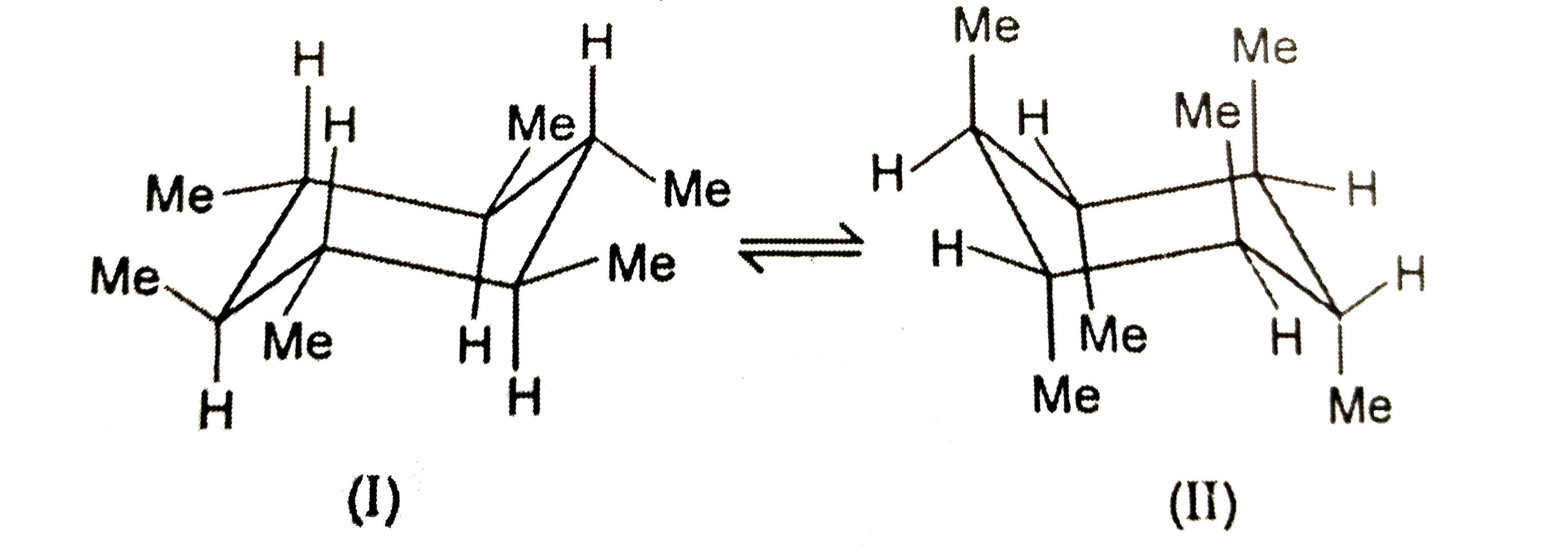AgI−2 complex is more stable than AgF−2, why?
To understand why the AgI2− complex is more stable than the AgF2− complex, we can analyze the nature of the components involved in each complex. Here’s a step-by-step breakdown:
Step 1: Identify the nature of the metal ion
- The metal ion in both complexes is silver (Ag^+). Silver is classified as a soft acid.
Step 2: Identify the nature of the ligands
- In the AgI2− complex, the ligands are iodide ions (I^-). Iodide is classified as a soft base.
- In the AgF2− complex, the ligands are fluoride ions (F^-). Fluoride is classified as a hard base.
Step 3: Apply the Hard and Soft Acids and Bases (HSAB) theory
- According to HSAB theory, soft acids prefer to bind with soft bases, while hard acids prefer to bind with hard bases.
- In the AgI2− complex, both the soft acid (Ag^+) and the soft base (I^-) are compatible, leading to a more stable complex.
- In the AgF2− complex, the soft acid (Ag^+) is paired with a hard base (F^-), which leads to less stability due to the mismatch in their nature.
Step 4: Conclusion
- Therefore, the AgI2− complex is more stable than the AgF2− complex because the interaction between a soft acid (Ag^+) and a soft base (I^-) is energetically more favorable than that between a soft acid (Ag^+) and a hard base (F^-).
Final Answer:
The AgI2− complex is more stable than the AgF2− complex due to the compatibility of the soft acid (Ag^+) with the soft base (I^-) as per HSAB theory, while the hard base (F^-) does not stabilize the soft acid (Ag^+) effectively.
---
- The metal ion in both complexes is silver (Ag^+). Silver is classified as a soft acid.
- In the AgI2− complex, the ligands are iodide ions (I^-). Iodide is classified as a soft base.
- In the AgF2− complex, the ligands are fluoride ions (F^-). Fluoride is classified as a hard base.
- According to HSAB theory, soft acids prefer to bind with soft bases, while hard acids prefer to bind with hard bases.
- In the AgI2− complex, both the soft acid (Ag^+) and the soft base (I^-) are compatible, leading to a more stable complex.
- In the AgF2− complex, the soft acid (Ag^+) is paired with a hard base (F^-), which leads to less stability due to the mismatch in their nature.
- Therefore, the AgI2− complex is more stable than the AgF2− complex because the interaction between a soft acid (Ag^+) and a soft base (I^-) is energetically more favorable than that between a soft acid (Ag^+) and a hard base (F^-).
The AgI2− complex is more stable than the AgF2− complex due to the compatibility of the soft acid (Ag^+) with the soft base (I^-) as per HSAB theory, while the hard base (F^-) does not stabilize the soft acid (Ag^+) effectively.
Similar Questions
Which one is more stable and why?

View SolutionWhy H2 is more stable than H+2 while He+2 is more stable than He2 ?
View SolutionCH3COO− (acetate ion) is more stable than C2H5O− (ethoxide ion). Explain.
View SolutionCH3COO− ion is more stable than C2H5O− ion. Assign reason.
View SolutionWhy is Pt(IV) more stable than Ni(IV).
View SolutionWhy is a .42He nucleus more stable than a .43Li nucles ?
View SolutionAssertion:- N+2 is more stable than N−2
Reason:- N+2 has less electrons in antibonding orbital .
View SolutionWhich is more stable Fe2+orFe3+? Why ?
View SolutionAssertion: H2SO4 is a weaker acid than HClO4.
Reason: SO2−4 is more stable than ClO−4 in solution.
View SolutionCu+(aq.) has less stable nature than Cu2+(aq.) but Fe3+(aq.) is more stable than Fe2+(aq.).
Half-filled and completely filled, sub-shell are more stable.
View Solution
